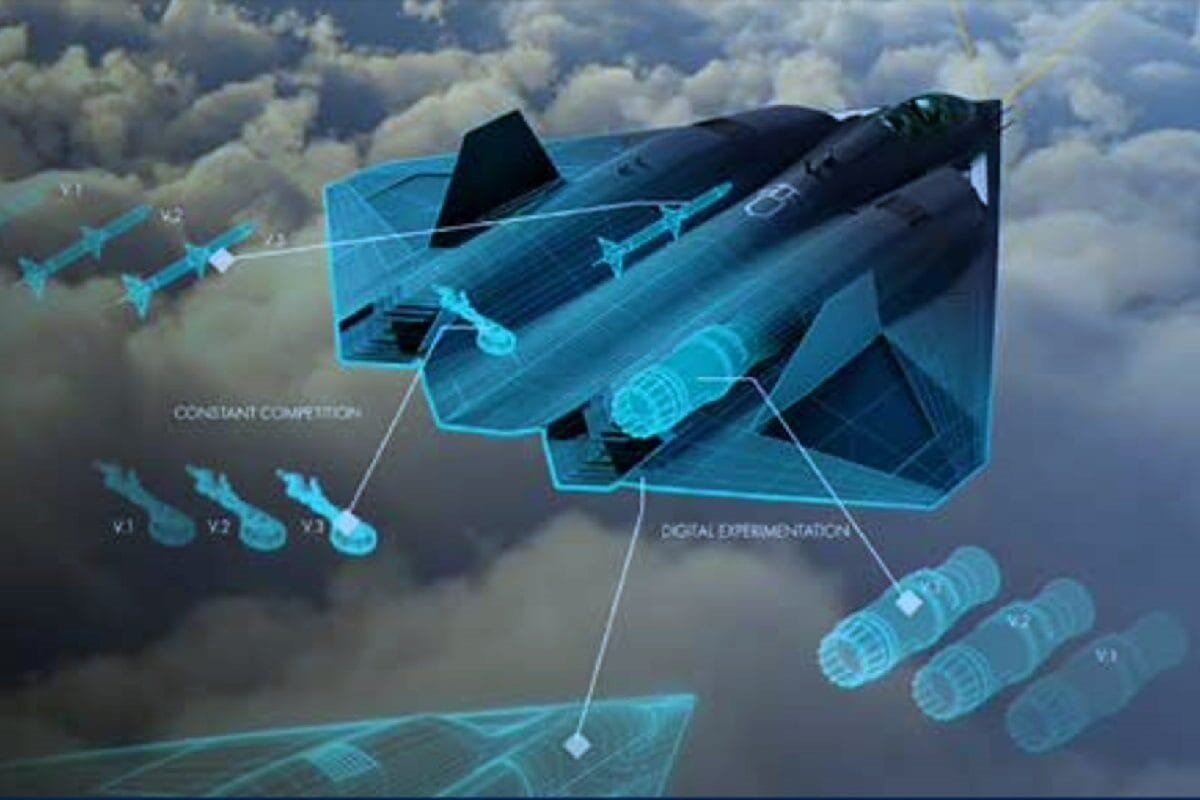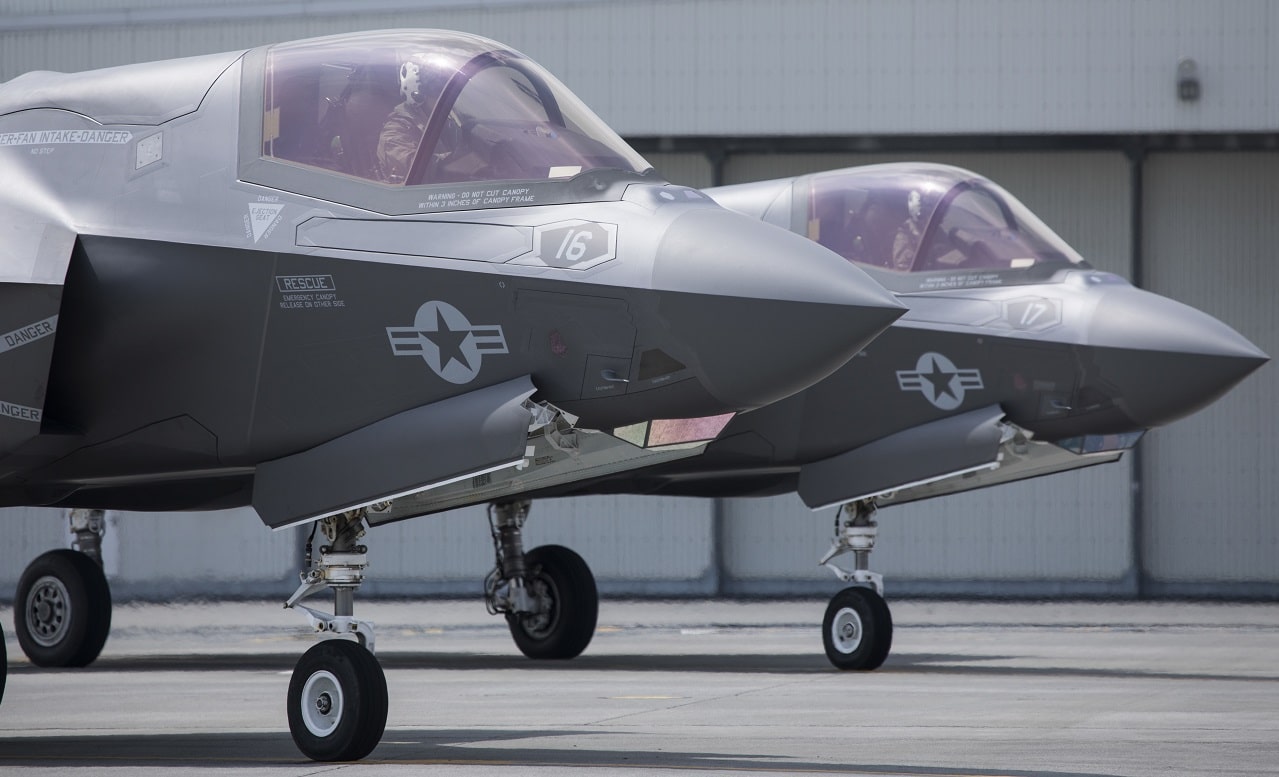How the U.S. Air Force Will Maintain its Dominance (analysis by Forbes Contributing Writer and 19FortyFive Defense Expert Peter Suciu) – Maintaining control of the skies in a warzone remains a top priority of the United States Air Force, and crucial to those efforts is the Next Generation Air Dominance (NGAD) program. Meant to complement and eventually succeed the Lockheed Martin F-22 Raptor and Lockheed Martin F-35 Lightning II fifth-generation multirole fighters, the “still-evolving” NGAD is more than a new aircraft.
Though a sixth-generation fighter is the centerpiece of the NGAD, it is actually a family of systems – described now as a “system of systems” – that is being developed to collaboratively gain air dominance in combat. It will include at least one manned aircraft, along with an undisclosed number of uncrewed drones or other aircraft. It will be further complemented with optionally crewed platforms, missiles, pods, and off-board capabilities.
Some of those flying escorts could be equipped with additional sensors or more weapons, while others could provide electronic or ground attack capabilities. This is meant to provide greater agility and capability to the NGAD and allow the various systems to break through enemy defenses and maintain air superiority in a future battlespace.
Out With the Old
The NGAD is part of a new direction for the United States Air Force, which announced with its budget for fiscal year 2023 (FY23) that it would seek to cut 150 aircraft from its current fleet, including older A-10 Thunderbolt IIs, F-22A Raptors, T-1 Jayhawks and KC-135. It would scale back its acquisition of the Lockheed Martin F-35As and HH-60W Jolly Green II combat rescue helicopters.
While the Air Force would also increase the budget for the Northrop Grumman B-21 Raider, the next-generation bomber that is now in development, the NGAD program has become a key priority for the service.
It is also on track to become the most expensive aircraft program in history, but as noted it is more than a single platform. The NGAD program, which was initiated in the early 2010s to develop a 2030s air superiority system, has steadily evolved into a suite of systems. The program also aims to develop several key technologies in areas that include propulsion, stealth, advanced weapons, digital design including CAD-based engineering, and thermal management of aircraft signature. There will also be a focus on synergy to combine the unique attributes of human pilots and drones.
In May 2022, the NGAD entered the critical engineering, manufacturing, and development (EMD) phase. The goal of the program has been to field the new aircraft and other systems by the late 2020s.

US Air Force image of possible NGAD Concept. Image Credit: US Air Force.
Currently, the Lockheed Martin F-22 Raptor is being used as a test surrogate for technologies being developed as part of the NGAD program. This could aid in the development of the NGAD aircraft but also serve to help maintain the F-22’s edge as other nations seek to develop fifth- and even sixth-generation fighter aircraft.
Now a Senior Editor for 1945, Peter Suciu is a Michigan-based writer who has contributed to more than four dozen magazines, newspapers and websites. He regularly writes about military hardware, and is the author of several books on military headgear including A Gallery of Military Headdress, which is available on Amazon.com. Peter is also a Contributing Writer for Forbes.

